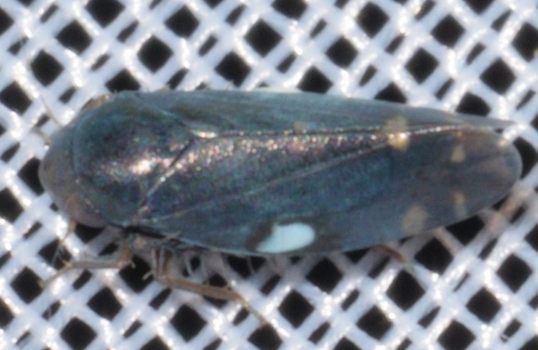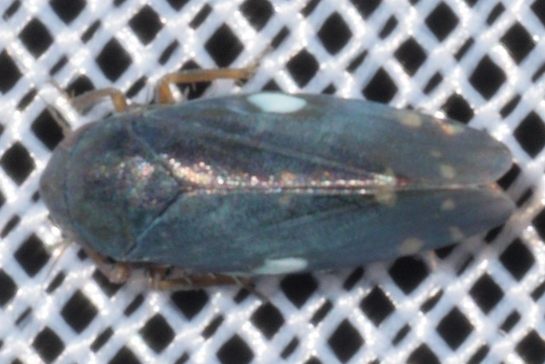| Comment: This is the only member of this genus whose adults feed on trees (BG).
Under the latest revision of the genus by Cwikla 1985, many species were synonymized under X. desertorum. While the following species appear to be visually distinctive, there are no differences in the male or female genitalia from desertorum, hence being synonymized. This move has not been carried out here as it seems necessary for further studies done to determine the validity of species within this genus. For now, species here will be differentiated based on visual characteristics. It is important to note though that these 'species' may not be valid, and visual characteristics that have been used to differentiate may not in fact hold up due to variation between forms and/or species. Furthermore, somes records may represent similiar species that are not yet on this site; obviously there is much to learn and revise regarding this genus.
The species still synonymized under desertorum (some others have been re-elevated to species level per Chandler & Hamilton, 2017) that could occur in our area are as follows:
- piceus
- provancheri
- similis
Furthermore, there is an apparent undescribed species that looks similar to X. superbus, but has a differently marked and colored frons, head and pronotum. Recent DNA barcoding revealed specimens of this 'species' cluster separately from everything else.
- n-species |

 »
»


 »
»
